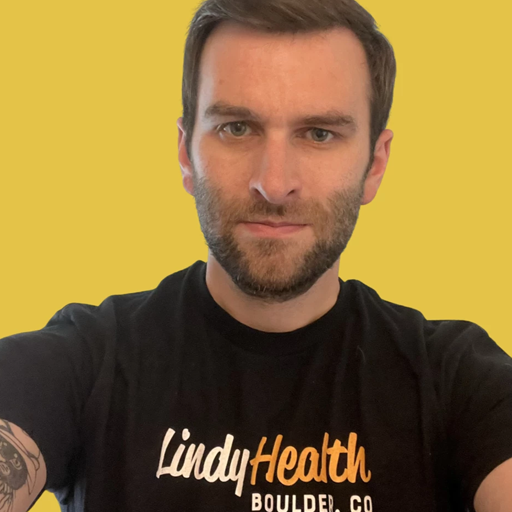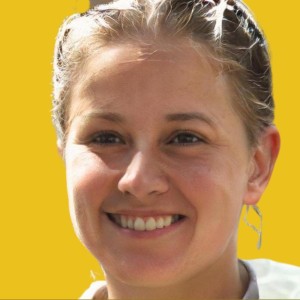“Nolva” – also known as Nolvadex, is the drug tamoxifen citrate and was previously used to prevent breast cancer growth in women undergoing surgery, radiation, or chemotherapy. Nolva functions as a selective estrogen receptor modulator (SERM).
“Clomid” – also known as Clomiphene Citrate, is traditionally used in the treatment of infertility for women. Among those, are women with difficulty ovulating from PCOS or irregular menstrual cycles. Clomid functions by causing the pituitary gland to release hormones targeted towards stimulating ovulation.
Both of these are non-steroidal medications. They are not the same as taking steroids.
These medications act differently within men and women – in women, Clomid binds to receptors that would otherwise bind to estrogen.
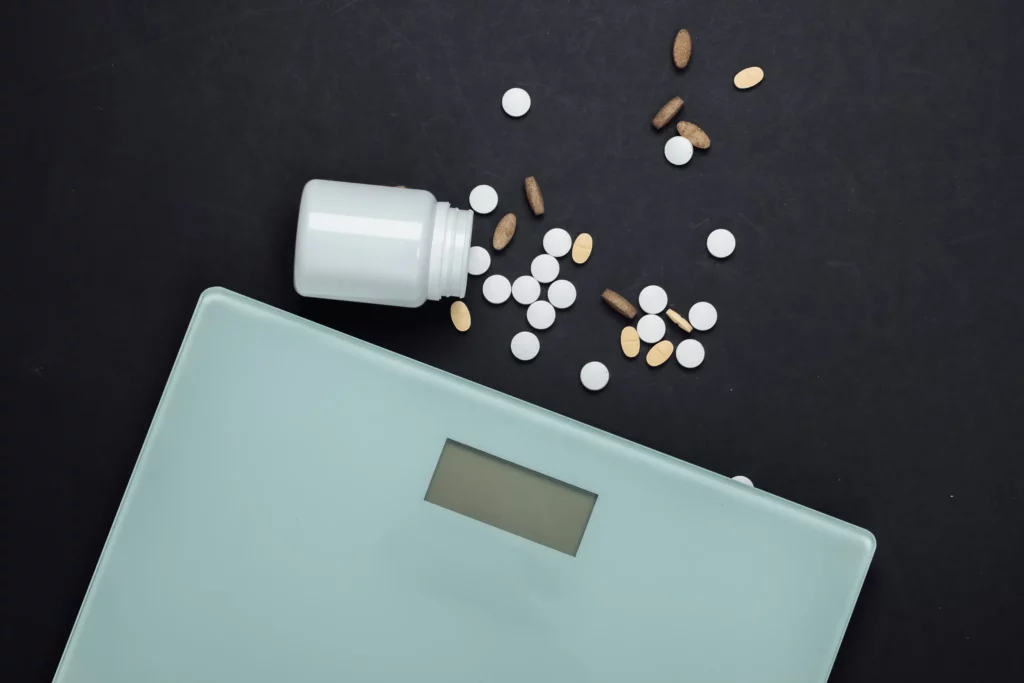
This is then compensated by a higher production of FSH (follicle-stimulating hormone). FSH helps to stimulate the ovary follicles. These hold the immature eggs (oocytes).
Through this mechanism of action, FSH can help oocytes develop into mature eggs and release from the follicle into the fallopian tube to potentially be fertilized.
“PCT” stands for post cycle therapy. This is a period of treatment or a ‘cycle,’ that should follow the use of any SARM or steroid. Oftentimes, this is the most confusing part of steroid use; largely due to the overwhelming amount of research and data out there.
Should you use Nolva or Clomid? What is the appropriate length of time to run them for? What is the proper dosage? Can they be taken together?
PCT Medication: Where Does Nolva and Clomid Fit In?
Nolvadex, 6-8 weeks @ 5-10mg/day.
Clomid, 6-8 weeks @ 25mg/day or 50mg EoD.
These are the two commonly recommended dosages for both SERMs, when coming off a cycle of steroids.
But, what is the actual purpose of PCT?
Taking any sort of anabolic steroid will suppress natural testosterone production. This is a fact.
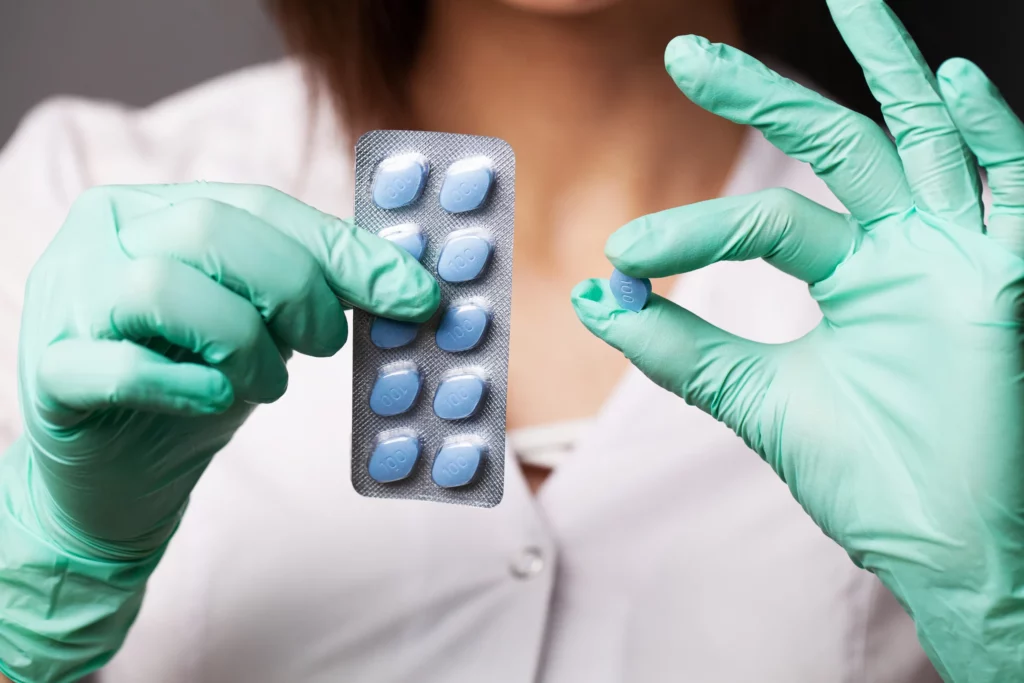
Of course, as a man, testosterone is vital to overall well-being and markers of health – this is why most people supplementing with anabolic steroids will utilize a small amount of testosterone while on their cycle.
Following the use of steroids, people may find it difficult to maintain the body they built within that cycle, as important hormones (FSH and LH) shut down completely (via exogenous testosterone) or get suppressed (via SARMs).
These hormones are vital, as they signal the testes to produce testosterone.
After completion of a steroid cycle – total testosterone, free testosterone, LH, and FSH will all be lowered. Estrogen will be raised, and cortisol levels may be slightly raised.
Cortisol has a catabolic effect on muscle tissue. It is well known to decrease muscle mass and body mass while increasing energy expenditure.
Considering testosterone will already be depleted or low from steroid use, it cannot suppress the effects of cortisol on tissue effectively. This is irregardless of how hard you continue training after coming off steroids.
While the body can naturally restore the imbalance of hormones and recover endogenous testosterone levels, those who have used steroids for a longer period of time may find it exceptionally difficult to get back to a normal range.
In those with SARM use, it can still take 3-4 months to recover without the aid of SERMs.
You also risk damage to the HPTA (hypothalamic pituitary testicular axis) and steroidal induced hypogonadism, where you become unable to properly produce testosterone yourself.
It is therefore absolutely essential that medications like nolva and clomid be used to help restore HPTA function to normal. Therein lies the importance of PCT.
Nolva vs. Clomid: Which is Better for PCT?
The HPTA concerns the regulation of four key hormones for homeostasis.
- LH (luteinizing hormone)
- FSH (follicle stimulating hormone)
- Testosterone
- GnRH (gonadotropin releasing hormone)
The main types of medications people will use for HPTA recovery during PCT includes:
- SERMs (like Clomid and Nolva – selective estrogen receptor modulators)
- hCG (human chorionic gonadotropin)
- Aromatase inhibitors
SERMs exhibit ‘mixed’ estrogen agonist and antagonist effects – on the pituitary gland, they act as an antagonist.

hCG should never be used independently, as the pituitary gland will slow or cease output of LH while hCG is being used. hCG should instead be used in combination with a SERM, or prior to PCT. As hCG has been shown to increase aromatase within the testes, aromatase inhibitors are often used in conjunction.
hCG is used to mimic the mechanism of LH in the testes via stimulation of the Leydig cells present in the testes. This means it is best used directly coming off a cycle as a precursor to PCT, or along with a SERM like Nolva.
Aromatase Inhibitors do not ‘block’ the activity of estrogen on a cellular level among select tissue. Rather, they help to lower the total circulating levels of estrogen hormones by inhibiting the aromatase enzyme – this is what converts androgens into estrogen within the body.
The conversion of excess androgens from SARMs or steroids will promote excess estrogen levels that can lead to a negative impact on total testosterone levels. These can also help to mitigate the estrogenic effects of hCG.
It is important to note that many AIs have an interaction with Nolvadex that will cause them to be ineffectual.
Now, Nolva and Clomid.
Generally, Nolva is far more effective at stimulating testosterone production and is more cost effective on a per mg basis as well.
Clomid also appears to have slight estrogenic activity on the pituitary – meaning you’ll want to opt for either Nolva alone, or Nolva in conjunction with a lower dose of Clomid.
Vision related side effects are also rare, but can happen with the use of both Nolva and Clomid. However, this is a much more common problem among Clomid users than those who opt for Nolvadex.
Confused Regarding PCT? We’ve Made It Easy
There are plenty of posts on forums and sites like Reddit about users discouraged with how confusing they find dosing SERMs for PCT.
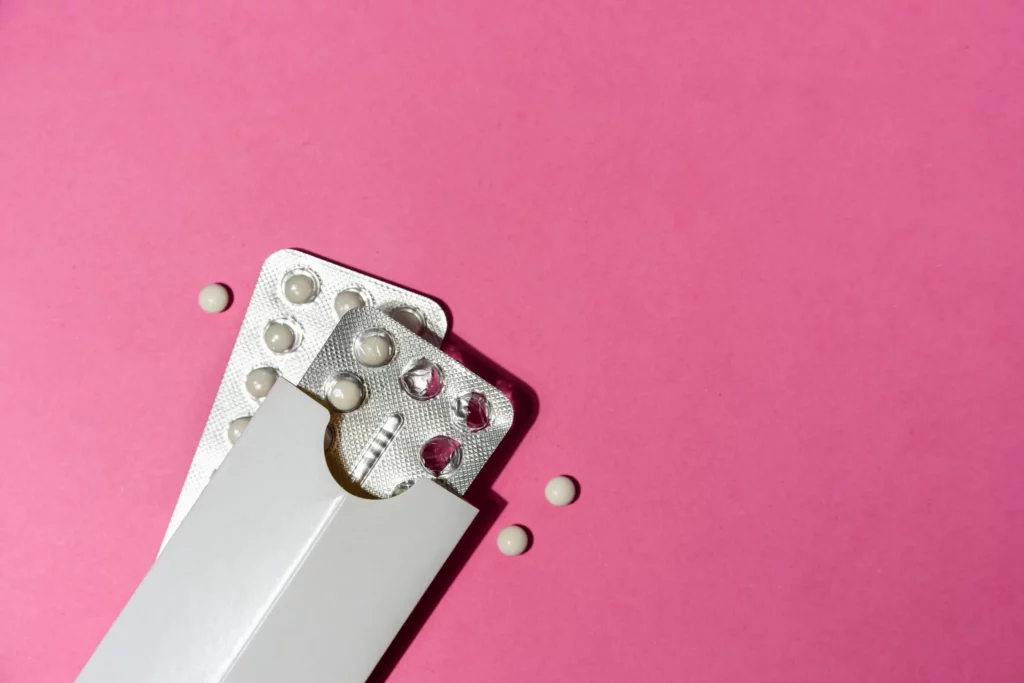
Ideal Nolva and Clomid protocol for those on longer cycles
- 500 IU of hCG started on the last day of injection for 14 days.
- 14 days after last injection: 25 mg Clomid every day for 1 month (30 days) + 10 mg Nolva for 1 ½ months (or 45 days).
- You can increase the dosage to 25 mg Clomid twice daily and 20 mg Nolva if you’ve been on a more complicated (or prolonged) cycle.
- You do not want to increase the dosages beyond this, as you risk more side effects without any added benefit; most studies indicate no further benefit beyond 40mg of Nolva compared to 10mg.
- Certain people may also find D-AA (D-Aspartic Acid) useful, along with supplementation mentioned in our prior post on SARMs.
Dosages can always be scaled or re-tooled depending on any sides you notice, and you should keep in mind that there are a number of alternate SERMs and AIs if you’re looking for one right for you. The key takeaway is to ensure you keep PCT in mind before you begin a cycle.
Conclusion
You’ll also want to ensure you maintain an optimal diet. This is done by limiting foods that promote estrogen production (estrogenic), while increasing the consumption of foods that support testosterone production.
Nolva + Clomid are established options for a healthy return to HPTA function and normal testosterone production.
- 5 Best Peptide Companies - February 27, 2024
- Best Beginner SARM Stack - February 15, 2023
- Male Hormone Panel Labs Explained - October 31, 2022




